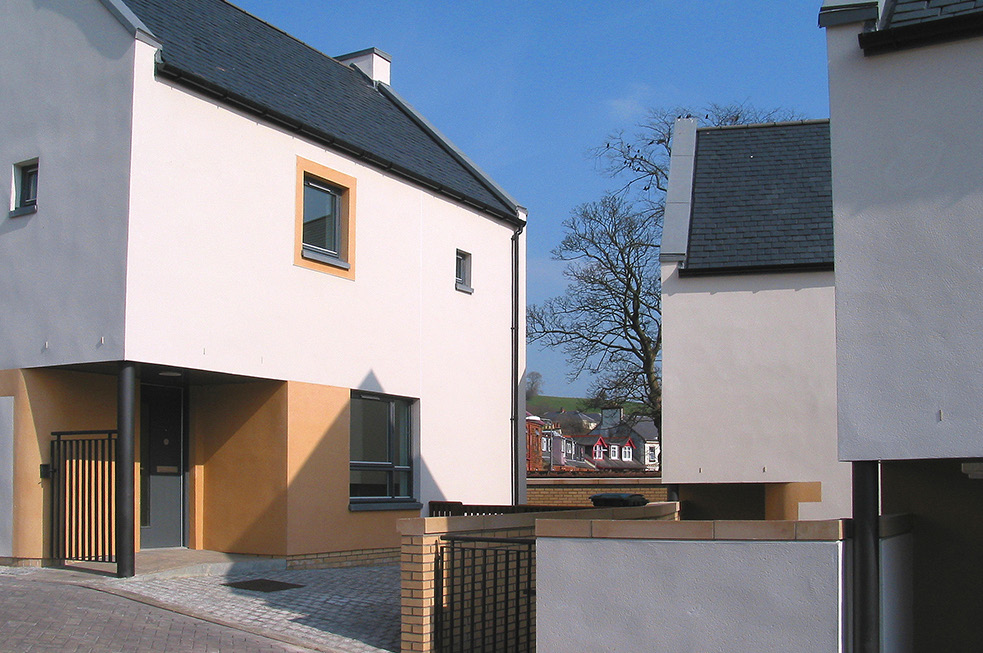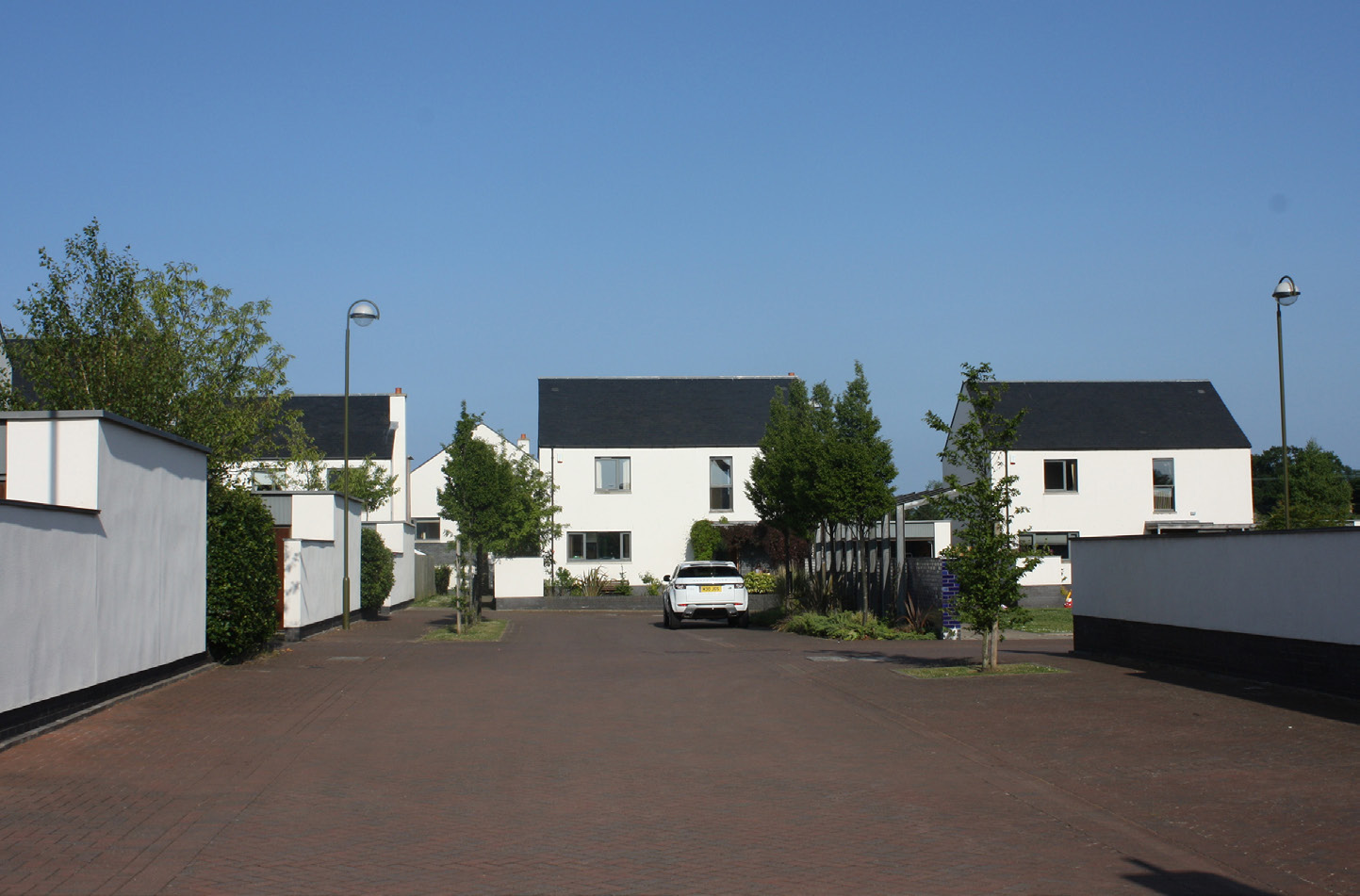Housing typology: clusters, groupings and courtyards
Learn about clusters, groupings and courtyards and their roles.

Through built examples, this piece explores a sample of housing formed around courtyards, into clusters, or otherwise composed as groups.
Illustrated by mapping, photography and scale drawings, our aim is to show the link between design of the house and the place of which it forms a part.
The case study:
- defines clusters, groupings and courtyards
- looks at their various roles
- explores built examples in Bo’ness, Newmilns and Perth
What are clusters, groupings and courtyards?
The farm steading and urban court continue to provide models for composing and grouping contemporary housing. These are tried and tested adaptations to Scottish social, climatic and topographic conditions, whether in urban, coastal or rural contexts.
Combining shelter and enclosure with common outdoor space, housing in clusters can contribute to meeting local policy objectives for townscape and sustainable design.
Roles of clusters, groupings and courtyards
The re-emerging success of clustered housing can be attributed to the useful roles this typology plays. For example, clustered housing:
- is an efficient and economic use of land through common driveways
- provides supervised space for children to play
- provides climatic shelter

Muirhouses Square, Bo’ness
Muirhouses Square is an enlarged courtyard grouping of homes overlooking and activating a popular local garden well used by immediate and surrounding residents. The square is organised as a home zone where pedestrian use is prioritised through a shared surface, visitor parking is integrated, and the space is animated by street trees, a distinctive tiled wall and public seating. Find other examples in the full case study, linked below.
Header image credit: Page\Park Architects
Explore more housing typologies
Our housing typology series illustrates where designers have sought to reconcile contemporary living with the wider roles of the individual house integral to placemaking. Through built examples, from East Ayrshire to the Shetland Islands, we explore the terrace, topographic and climate responses, adaptables, and more.
